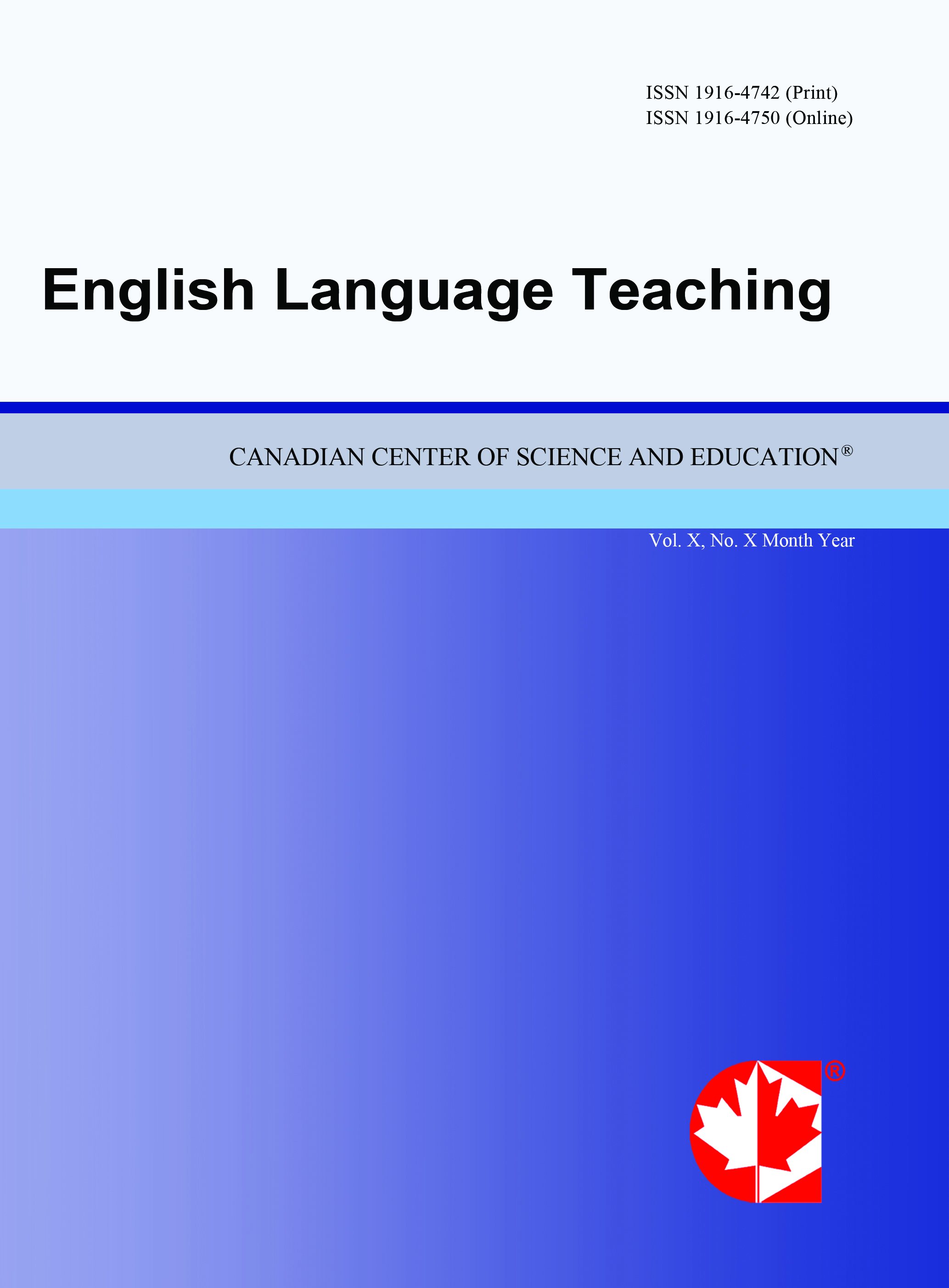How Teachers Adapt Nine Kinds of Literary Language for Second-Language Learners
- C. DeCoursey
Abstract
English literature is taught around the world. Most teachers of English in China are non-native English users. Most adapt literary texts for their second-language classrooms. Little research explores their processes of modifying texts. This study analysed data from 202 in-service and intending teachers, over four years. Teachers were asked first to adapt Jebb’s translation of Antigone, and then to adapt a second play text, either a Shakespeare or a 20th century play. The time taken to adapt Antigone was assessed, yielding a time estimate for adapting a full-length play text, as well as per page of literary language. Likert-scale survey data was taken for 9 different kinds of difficult language found in literary texts. Results indicated that NNESTs require about 40 minutes per page when adapting modern literary language. The find retaining poetic qualities while reducing text length, that is, moving between lexicogrammatical and discourse levels of the text, the greatest challenge in adapting literary language. They find texts with contemporary lexis and grammar are easier, where classical and historical references, subplots and details are difficult to handle. They find the task satisfying, pleasurable and interesting.
- Full Text:
 PDF
PDF
- DOI:10.5539/elt.v16n3p49
Journal Metrics
1. Citations (February 2025): 97751
2. h-index (February 2025): 132
3. i10-index (February 2025): 1695
For details about the Journal Metrics, please visit the Google Scholar website.
Index
- Academic Journals Database
- CNKI Scholar
- Educational Research Abstracts
- Elektronische Zeitschriftenbibliothek (EZB)
- EuroPub Database
- Excellence in Research for Australia (ERA)
- GETIT@YALE (Yale University Library)
- Harvard Library E-Journals
- IBZ Online
- INDEX ISLAMICUS
- JournalSeek
- JournalTOCs
- LearnTechLib
- Linguistics Abstracts Online
- LOCKSS
- MIAR
- MLA International Bibliography
- NewJour
- Open J-Gate
- PKP Open Archives Harvester
- Publons
- ResearchGate
- ROAD
- SHERPA/RoMEO
- Standard Periodical Directory
- Technische Informationsbibliothek (TIB)
- The Keepers Registry
- Ulrich's
- Universe Digital Library
Contact
- Gavin YuEditorial Assistant
- elt@ccsenet.org
